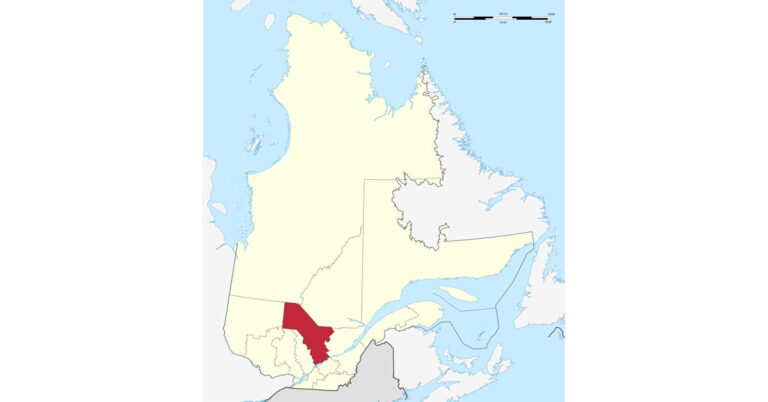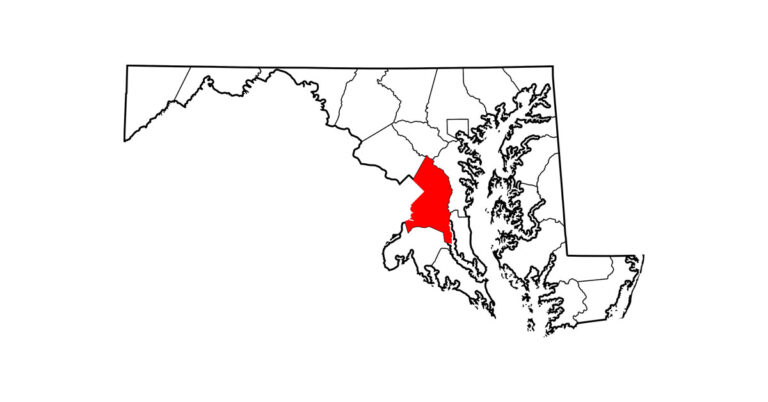“If there is something horses can get into, they absolutely will,” jokes Samantha Burton Henley, the facility manager at Sandy River Equestrian Center in Axton, Virginia. Indeed, horses tend to be accident-prone and keep their caretakers in a constant state of worry. While you cannot house your horse in a padded room or blanket him in bubble wrap, you can be prepared to stabilize any injuries he incurs until your veterinarian can get there by maintaining a conveniently located equine first-aid kit.

One reason for designating a specific well-stocked container for first aid is because in an emergency with your horse, time is critical and you don’t want to waste a lot of it hunting around for a thermometer, sterile wraps or other necessities. This is especially important because “There are going to be a lot of times when it’s going to take a little while for the veterinarian to get there,” Samantha explains. And even if you have only one or two horses, you probably have collected various supplies that you store in different places. With a kit that you regularly check and update, you’ll know you have what you need when you need it.
The challenge with a kit is making sure it has only the items you need to tend to your horse until your vet arrives. You can store extra products and replacements for your kit in a larger medicine cabinet or chest. It’s also a good place to include a human first-aid kit as well, which you can buy ready-made or stock with simple items from a pharmacy, such as band-aids, triple antibiotic ointment, aspirin, hand sanitizer, etc.
Samantha and Sarah Feathers, DVM, of Great Valley Equine Veterinary Services in Bristol, Tennessee, have helped compile a list of items to include in your first-aid kit that will be useful in emergencies.
As you gather the supplies and equipment, consider the type of storage you’ll need. An equine first-aid kit must be portable, well organized and ideally divided into various compartments to store and separate all the medical supplies and equipment needed for quick retrieval in an emergency. A compact tool box, large fishing-tackle box or a tight-sealing plastic container is a good option. Whatever you choose, make sure it’s clean, airtight and waterproof to ensure the contents stay sterile and ready to use. Keep in mind that during extreme weather conditions, you may need to move your kit to another location to keep its contents from freezing or overheating.
Equipment
In any emergency, having the right tools can make a big difference to a successful outcome. Basics to have on hand include:
- Flashlight (with working batteries) to effectively care for your horse on a dark night or dimly lit stall
- Rectal thermometer—a plastic digital version is safer around the barn than a typical glass model and gives faster readings
- Small jar of Vaseline or other lubricant to help insert thermometers
- Stethoscope to check heart rate and listen to gut sounds
- Box of surgical latex gloves to help prevent wound contamination and keep your hands clean
- Roll of duct tape—convenient to wrap a hoof because it is waterproof and durable
- Bandage scissors with rounded ends to avoid cutting your horse when removing a bandage
- Hemostats or tweezers—handy to help remove a splinter or tick
- Wire cutters to free a horse from a fence
- Sharp pocket knife to use if a horse is tied but down in the trailer, tangled in the cross-ties or has a foot stuck in a hay net
- Cold pack to reduce swelling from an injury. A chemical pack that creates an “instant cold” is handy when ice or cold hosing isn’t available (you can wrap it around the injured area, if possible), though you can also invest in an ice wrap or boot designed for horses.
- Clean bucket to soak bruised or abscessed hooves or wash a wound
- Clean bath-size towel to use as a large wound compression or to spread out as a sanitary field for small items
- Twitch
- Chain shank/extra lead rope/extra halter
- First-aid booklet
- 60-cc dose syringes with a catheter tip for administering oral medications as well as 10-cc syringes and hypodermic needles for injections.
Wound Treatments
Horses can suffer a variety of wounds, and whether the situation requires an immediate call to your vet or is something you can treat yourself at home, you need supplies to quickly and gently clean and disinfect the wound. They include:
- 16-ounce bottle of antiseptic scrub such as Betadine (povidone iodine) or Nolvasan (chlorhexidine) for washing/disinfecting the wound
- 16-ounce bottle of hydrogen peroxide (useful for cleaning dirt or other debris out of a wound)
- Antiseptic wound cream, powder or spray-on treatment to prevent infection and encourage healing—but after cleaning a wound, always seek veterinary advice before applying a product.
- 16-ounce bottle of rubbing alcohol to sterilize instruments such as scissors or thermometers
- Package of premoistened alcohol swabs to clean small wounds and sites for injections
- 10-ounce bottle of saline solution (a bottle of contact-lens solution with a nozzle works well) for flushing hard-to-reach, delicate wounds, such as near an eye
- Small tube of triple-antibiotic eye ointment (nonsteroidal) that can be obtained from your veterinarian.
Bandages
Once a wound is initially cleaned, you need various bandaging materials to cover it and keep it clean. You also want them on hand to stop bleeding quickly, which, depending on severity, you might need to get under control even before cleaning. Bandaging items include:
- Box of 200 nonstick sterile gauze squares (preferably 4-by-4 inch to clean and cover small wounds
- Two rolls of self-sticking bandages— such as Vetrap™—used to keep the gauze squares in place
- Roll of elastikon (strong, elastic cloth tape with a rubber-based adhesive)
- 4-inch gauze rolls for padding
- 2 rolls of cast padding (polyester padding for protection, comfort and to keep the bandaged area dry)
- 1–2 rolls of absorbent sterile sheet cotton or gamgee (a type of cotton field wrap sandwiched between two gauze sheets). Both of these typically come in 12-inch sizes and can be used as padding under a wrap or as a pressure pad to stop bleeding. Cotton should not be applied directly to an injury because it will stick. It is also useful to have on hand to help clean a wound.
- A clean set of pillow wraps and bandages for an outer protective and supportive wrap over an already bandaged wound or, when used in conjunction with poultice, to reduce heat and inflammation in a leg
- 2 thick sanitary napkins or diapers, useful for padding a wrapped foot.
Medications
Depending on your experience and comfort level administering medications, there are some that are good to have in your first-aid kit. Even if you have given the medications previously, always consult with your vet first. If she can get to your horse quickly, she might not want you to administer anything so she has a clearer idea of the extent of the issue. Also, giving an intravenous (directly into the vein) shot can be dangerous if done incorrectly. The good news is many medications for pain or sedation are now available in oral form.
- Phenylbutazone (“bute”) and flunixin meglumine (Banamine) are nonsteroidal anti-inflammatory pain relievers. Both are available as an oral paste in premeasured doses, though bute also comes in powder form and can be given orally. Confer with your vet to get the correct dosage.
- Dormosedan gel is a mild standing sedative that is given orally. Check the instructions for the correct dosage and wear gloves, as humans are sensitive to the drug and it can be absorbed through the skin.
- Electrolyte paste for treating dehydration. While this is not a medication, it is an oral supplement proven to be effective to encourage horses to drink.
You may decide there are other supplies you want to include in your first-aid kit. Or you can buy a premade kit and take the stress out of stocking one on your own. Whichever you choose, know that because of the time and effort you spend now, you will be better able to help your horse while waiting for your vet to arrive.
Vet Communication is Key
No matter how extensive your first-aid kit is, it should never replace a call to your veterinarian in an emergency—or even if you’re not sure if you have an emergency. Serious symptoms like puffy eyes, sudden lameness or reluctance to walk, profuse bleeding, breathing problems and signs of colic (such as pawing, depression, excessive sweating, etc.) always warrant an immediate phone call.
“My personal preference is always a phone call,” says Sarah Feathers, DVM, of Great Valley Equine Veterinary Services. “That doesn’t mean the vet has to come out. Just describe the symptoms. If you can handle it, great. If not, I’ll be there.”
6 Things to Do Before an Emergency
- Post emergency contact information for your vet and farrier in the barn and save it in your phone.
- Know how to take your horse’s temperature, pulse and respiration and be aware of these typical resting vital signs. “We do resting TPRs for every horse in the barn and those should be posted in every barn or in a notebook,” says Samantha Burton Henley, facility manager at Sandy River Equestrian Center.
- Check your first-aid kit monthly and toss out and replace expired medication.
- Replace anything you take out of your first-aid kit as soon as possible.
- Educate yourself. Make sure you know how to use everything in your kit or have your veterinarian show you. Practice wrapping your horse’s leg before a stressful emergency situation.
- Keep your horse’s health records up to date and handy so you can answer any questions your vet might have about his medical history.
This article was originally published in the August 2018 issue of Practical Horseman.










